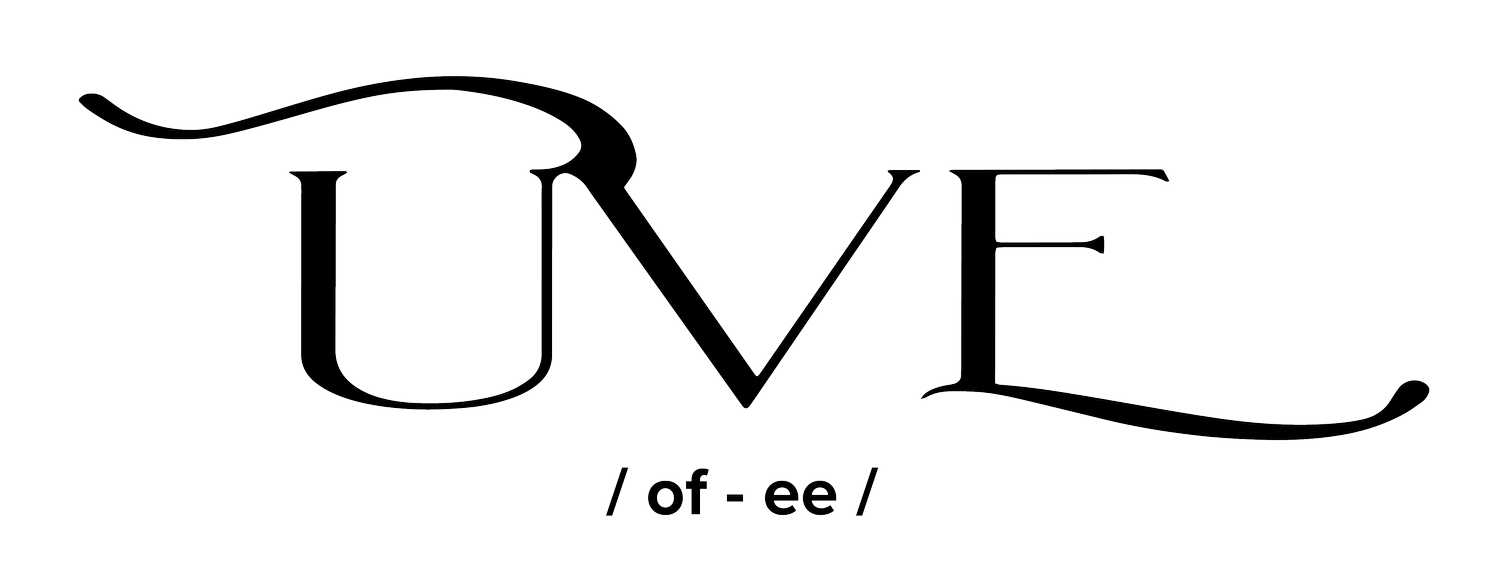The 2024 EOV Season on UVE’s Eastern Edge
Reported by Rachel Lohof Larsen and summarized by Abbey Kingdon
Rachel Lohof Larsen leads and manages EOV work with UVE in eastern Washington, Oregon, Nevada, Montana and South Dakota. She also supports the EOV crew in western Washington, Oregon, Nevada and across California. She keeps a steady pace, and is a model of patience, integrity and consistency. Her EOV season is no small feat, given the vast country she serves. At the close of the EOV season this year, she took the time to share with the UVE crew some facts, highlights and reflections from the season. We found it so moving that we wanted to share it with our broader community.
Miles traveled:
From May through the end of or through early August, I conducted or assisted in the review of 273 short term monitoring sites. That does not include the work that the UVE EOV monitors Chris Hart, Sarah Choi, Megan Weeber and West Lambert did independently in five states.
Eleven long term monitoring sites were completed by Rachel and crew, including six new ones over the course of this year.
More than 5,000 miles were traveled, not including rental vehicles, and flights.
What matters most:
I find again and again that the relationships are the most important aspect of it, or have the most meaning for me, and the conversations that we engage in with our land stewards in the process of monitoring.
I really appreciate their perspective on their land bases, and their deep knowledge of their land base and their region. It informs how those relationships will move forward, and how I, as a monitor, need to be in those relationships, through those conversations.
The most meaningful experience:
A meaningful interaction we experienced this year was on Ron and Carol Brownotter’s bison operation on the Standing Rock Reservation in north central South Dakota. This year, our monitoring coincided with the harvest of a dry buffalo cow for ceremonial purposes by a group from the Sisseton Wahpeton Tribe, coincidentally where we arrived from after conducting monitoring on their tribal bison farms. There was a group of eight or nine individuals that came and harvested a bison that Ron donated for ceremonial purposes. They were just beginning to butcher when we arrived. Sarah and Chris jumped right in and grabbed knives, and helped bone out the bison carcass. They participated in the butchering while I visited with folks. We experienced a traditional Lakota song that even Ron, who grew up with language speakers, had not heard before. The song was performed out of gratitude for the donation of the bison cow. It was such a profound and deeply meaningful way to start the monitoring. It gave us a deep sense of what Ron is trying to accomplish in his community, and his greater community, and what it means to be working with tribal people on their own lands. How can we be good allies, listen and observe rather than show up with assumptions and ideas of how things should be going on these operations?
Timing monitoring for lack of rattlesnakes and presence of warm season grasses:
We encountered no rattlesnakes over the course of the season, which is a highlight for me personally. The timing this year was significantly better in terms of seeing peak ecological performance and growth in those ecoregions within South Dakota. I'm really grateful that July was set aside for monitoring because they have such a strong perennial grass system, and a strong warm season grass population that July was optimal for monitoring in that region.
Grand River - Rachel Lohof Larsen
We saw more wildflowers and more forbs, which is optimal. Much of South Dakota, had such a phenomenal Spring moisture year, that it was really hard to see drawbacks at the time that we were there. We caught the tail end of the forbs, which definitely shifted some of our scoring positively in comparison to September of last year. Warm season grasses were starting to come on and we were able to see the full expression of many of the cool season grasses. It's like comparing apples to oranges, where they were in a drought in many areas last year, and we were there so late in the growing season versus this year. Ecologically, it doesn't feel quite accurate to make comparisons between the two years. Dalton Flahaven from the Intertribal Agriculture Council, and I spent an hour with the Crow Creek Tribal cattle manager after our monitoring, talking about what we saw and what was going well. We had the opportunity to give him that feedback in person, and the fact that he was anticipating these conversations for a year was deeply meaningful.
Create a culture of curiosity
After her report, the UVE crew asked Rachel how she cultivated meaningful relationships with tribal producers across only two seasons of ecological monitoring. She said:
How do we get people to engage with curiosity, rather than arriving with assumptions? It’s really about addressing your internal way of being, I think. We must create a culture of curiosity, emotional and psychological safety, which starts within ourselves.
Abbey Kingdon is Savory Professional Educator and an owner of UVE
Rachel Lohof Larsen is a Savory Institute Accredited Professional and EOV Monitor





